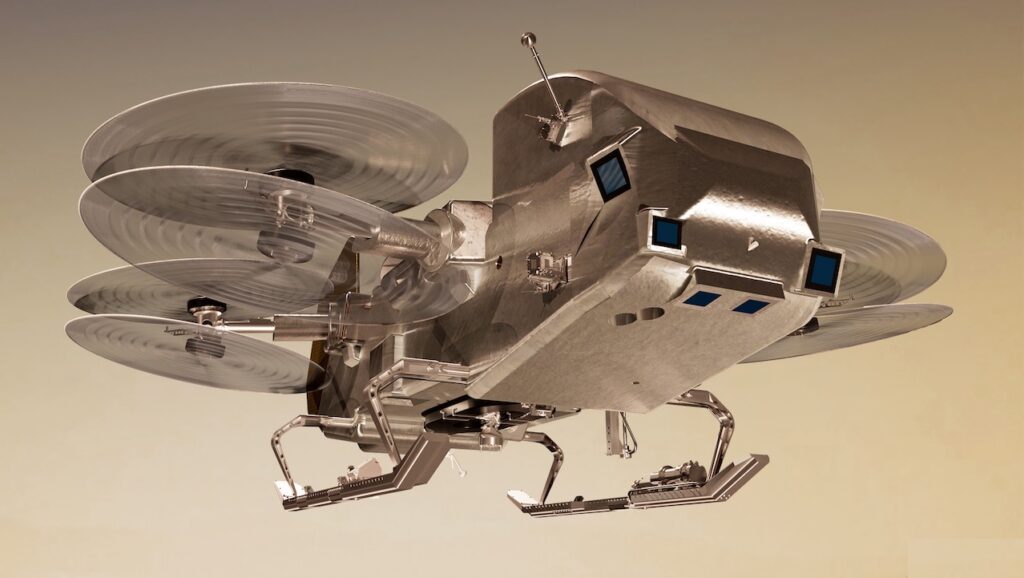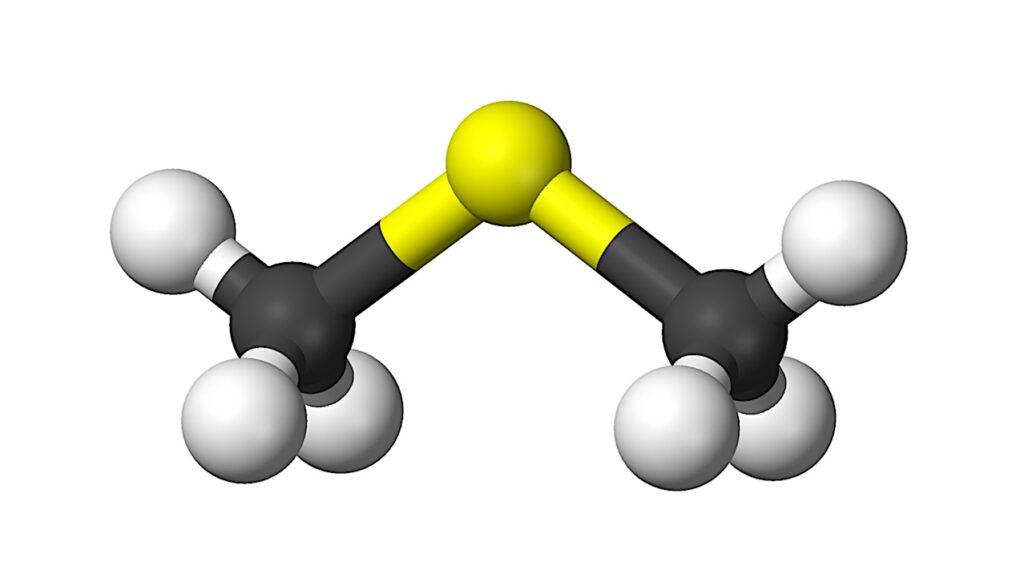H2CO And CS In Diffuse Clouds: Excitation And Abundance

To provide constraints on the chemical processes responsible for the observed columns of organic species, we used NOEMA to observe the sight line toward NRAO150 in the 2mm spectral window.
We targeted the low excitation lines of o-H2CO 2(1,1)-1(1,0) and p-H2CO 2(0,2)-1(0,1) as well as the nearby transitions of CS(3-2) and c-C3H2. We combined these data with previous observations to determine the excitation conditions, column densities, and abundances relative to H2 in the different velocity components.
We performed non-LTE radiative transfer calculations including collision cross sections with ortho and para H2 and with electrons. New collision cross sections with electrons were computed for ortho and para formaldehyde. The c-C3H2 line profiles are very similar to those of HCO+ and CCH, while the CS absorption features are narrower and mostly concentrated in two main velocity components at V = -17 and -10 km/s. H2CO absorption lines present an intermediate pattern with absorption in all velocity components but larger opacities in the two main velocity components.
The ortho-to-para ratios of H2CO and c-C3H2 are consistent with the statistical value of 3. While the excitation temperature of all c-C3H2 velocity components is consistent with the CMB, the two strong components detected in CS show a clear excess over the CMB indicating that CS resides at higher densities than other species along this particular sightline, n(H2) ~ 2500 cm-3 while n(H2) < 500 cm-3 for the other velocity components. We detected faint absorption from o-H213CO and C34S allowing us to derive isotopic ratios: o-H2CO/o-H213CO = 61 and C32S/C34S = 24.
The excitation of the 4.8GHz line of formaldehyde is sensitive to the electron fraction and its excitation temperature is predicted to be lower than the CMB at low and moderate electron fractions, x(e)< 6E-5, and to rise above the CMB at high electron fractions, > 1e-4.
Maryvonne Gerin, Harvey Liszt, Jerome Pety, Alexandre Faure
Comments: 13 pages, abridged abstract
Subjects: Astrophysics of Galaxies (astro-ph.GA)
Cite as: arXiv:2403.07075 [astro-ph.GA] (or arXiv:2403.07075v1 [astro-ph.GA] for this version)
https://doi.org/10.48550/arXiv.2403.07075
Focus to learn more
Submission history
From: Maryvonne Gerin
[v1] Mon, 11 Mar 2024 18:09:08 UTC (1,284 KB)
https://arxiv.org/abs/2403.07075
astrobiology, astrochemistry,








